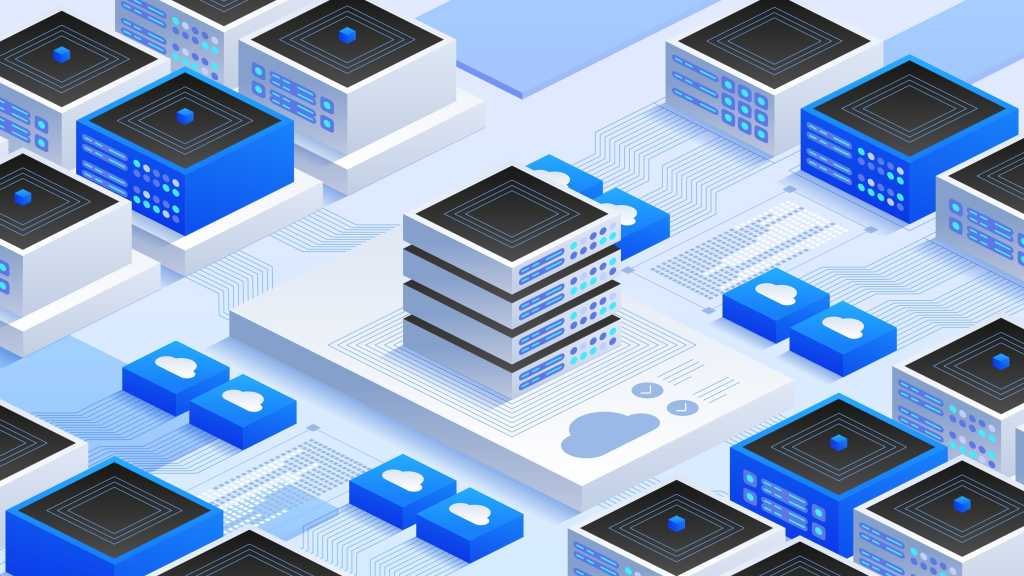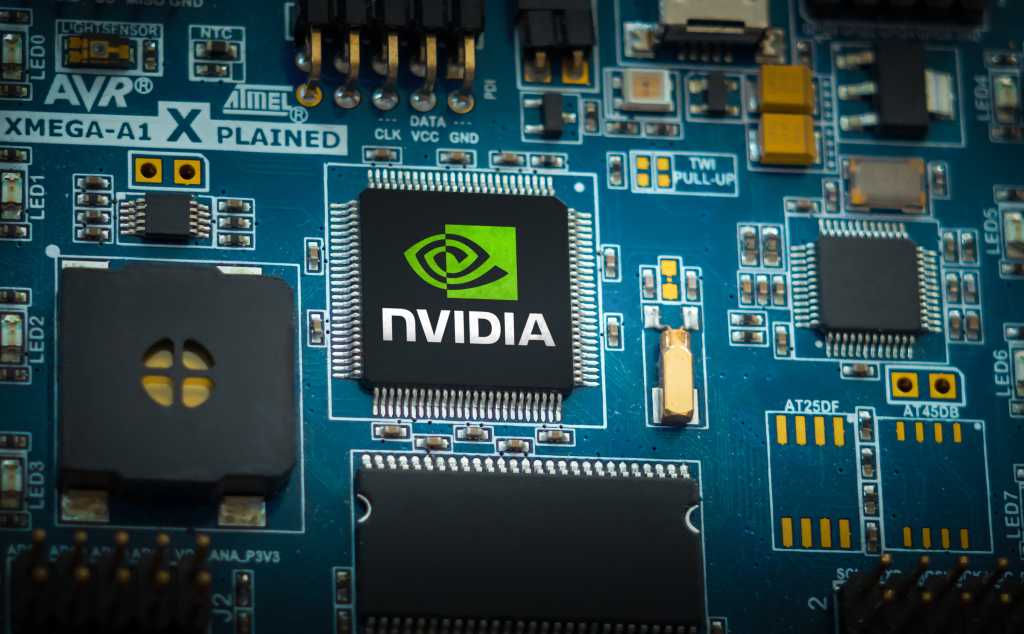Join our daily and weekly newsletters for the latest updates and exclusive content on industry-leading AI coverage. Learn More
Xthings announced that its Ulticam security camera brand has a new model out today: the Ulticam IQ Floodlight, an edge AI-powered home security camera.
The company also plans to showcase two additional cameras, Ulticam IQ, an outdoor spotlight camera, and Ulticam Dot, a portable, wireless security camera. All three cameras offer free cloud storage (seven days rolling) and subscription-free edge AI-powered person detection and alerts.
The AI at the edge means that it doesn’t have to go out to an internet-connected data center to tap AI computing to figure out what is in front of the camera. Rather, the processing for the AI is built into the camera itself, and that sets a new standard for value and performance in home security cameras. It can identify people, faces and vehicles.
CES 2025 attendees can experience Ulticam’s entire lineup at Pepcom’s Digital Experience event on January 6, 2025, and at the Venetian Expo, Halls A-D, booth #51732, from January 7 to January 10, 2025. These new security cameras will be available for purchase online in the U.S. in Q1 and Q2 2025 at U-tec.com, Amazon, and Best Buy.
The Ulticam IQ Series: smart edge AI-powered home security cameras

The Ulticam IQ Series, which includes IQ and IQ Floodlight, takes home security to the next level with the most advanced AI-powered recognition. Among the very first consumer cameras to use edge AI, the IQ Series can quickly and accurately identify people, faces and vehicles, without uploading video for server-side processing, which improves speed, accuracy, security and privacy. Additionally, the Ulticam IQ Series is designed to improve over time with over-the-air updates that enable new AI features.
Both cameras offer free cloud storage (7 days rolling) and 8GB of built-in storage, expandable up to 128 GB with SD cards for additional recording capacity and dual-layer recording.
Ulticam IQ Series security cameras are weatherproof and designed for reliable outdoor performance in any environment, day or night, with exceptional 2K Quad HD image quality (4K Ultra HD versions coming in Q2 2025).
IQ features an integrated spotlight, while IQ Floodlight features two powerful floodlights and color night vision. Both activate upon detecting motion, deterring intruders, and enhancing visibility with more light. With the U home app, users get real-time alerts, live camera viewing, two-way audio, and searchable footage. The cameras also offer four customizable detection zones to help minimize false motion detections.
Users also can choose from multiple connectivity options, including Wi-Fi, LAN, 4G LTE, or Power over Ethernet (IQ only). IQ offers a plug-in power option and IQ Floodlight is a wired camera. The IQ series will support integration with Amazon Alexa and Google Home at launch.
The price Ulticam IQ 2K is $169 or $199 with optional 4G LTE connectivity. IQ Floodlight 2K is $199 or $239 with optional 4G LTE connectivity. IQ will be available in Q1 2025, and IQ Floodlight in Q2 2025.
Ulticam Dot: The anywhere security camera

Ulticam Dot, available for $69, is a portable, wireless security camera that delivers peace of mind at home or on the go. Its compact, battery-powered, and weather-resistant design makes it easy to use anywhere indoors or covered outdoors—whether at home, in a hotel room, or anywhere in between—making it a dependable and versatile security solution. Like all Ulticam cameras, it offers free cloud storage (7 days rolling) and subscription-free person and motion detection.
With 2K Quad HD video, night vision, and an ultra-wide field of view, Ulticam Dot ensures clear and comprehensive coverage, day or night. When connected to Wi-Fi, it provides real-time alerts, two-way audio, and automatic dual-layer recording. Dot also offers four customizable detection zones to deliver real-time alerts while minimizing false motion detections.
Ulticam Dot is designed for personal security wherever you need it and comes with four replaceable AA alkaline batteries, 8GB built-in storage, alarm siren, a magnetic base for mounting on metal surfaces, and peel-and-stick adhesive and screws for easy installation on any surface. Dot can stay in standby mode for up to nine months on lithium batteries. In use battery life will depend on camera activity and environment.
Built-in Wi-Fi enables direct connection to your home network without additional hubs, and the U home app allows seamless control. Dot will support integration with Amazon Alexa and Google Home at launch. It will be available starting in Q1 2025.
“Consumers are tired of being locked into costly monthly subscriptions, which is why Ulticam offers free cloud storage and advanced AI features without requiring any fees,” said Matthew Brown, Ulticam’s head of marketing, in a statement. “Ulticam is setting a new standard for value and performance in the home security market and we’re putting consumers first.”
Ultraloq smart locks

Xthings also showed off its smart lock brand, Ultraloq, with two new smart locks at CES. The locks include the Ultraloq Bolt Mission UWB + NFC Smart Deadbolt, the world’s first lock with ultra-wideband (UWB) technology, and Ultraloq Bolt Fingerprint Matter, one of the first Matter-compatible locks to support several smart home platforms.
Bolt Mission UWB + NFC ($399) updates the smart door lock with a precise, hands-free auto-unlocking experience. Using ultra-wideband (UWB) technology, the same technology commonly used in digital car keys, Bolt Mission senses the keyholder’s phone location with centimeter-level accuracy, determining both distance and direction of approach. This spatial awareness enables automatic unlocking as users approach from the outside and also prevents unintended unlocking when users are inside their homes.
For added convenience, Bolt Mission also features NFC for quick tap-to-unlock functionality and automatic locking. It supports Matter for easy integration, voice commands with Siri, Amazon Alexa, Google Assistant, and Samsung SmartThings, and connects directly to your home Wi-Fi via the U home App, eliminating the need for additional hubs.
Bolt Mission offers lightning-fast unlocking in under half a second.
The new version of Ultraloq Bolt Fingerprint ($199) is Ultraloq’s first deadbolt to support Matter, which enables control and management through Matter-certified apps and platforms. Digital keys can be shared with guests and family members for scheduled access using your preferred Matter-certified app.
Daily insights on business use cases with VB Daily
If you want to impress your boss, VB Daily has you covered. We give you the inside scoop on what companies are doing with generative AI, from regulatory shifts to practical deployments, so you can share insights for maximum ROI.
Read our Privacy Policy
Thanks for subscribing. Check out more VB newsletters here.
An error occured.




















